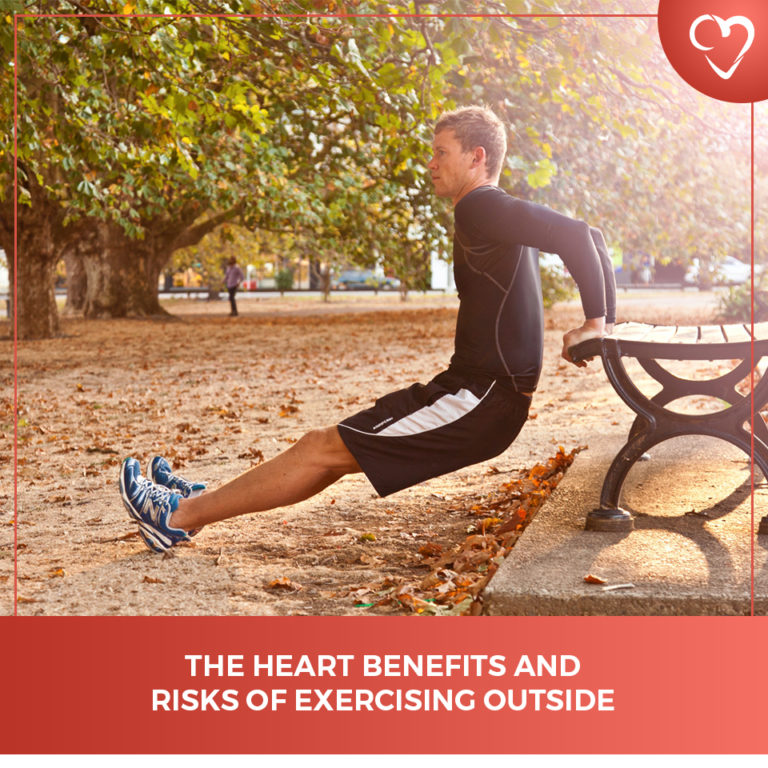
The Heart Benefits and Risks of Exercising Outside
Author Jen A. Miller writes in an op-ed in the New York Times about how doctors now often prescribe heart-intensive activities like running after recovery from a heart attack — a far cry from the days more than 60 years ago, when bed rest was often ordered after the same kinds of cardiac events. The consensus among HCPs now is that cardio exercise like running after a cardiac event helps to decrease the chances of going through another in the future. Rehabilitation after a heart attack involves three workouts a week for 12 weeks, while the patient being monitored on a stationary bike or a treadmill. Of course, Miller stresses that HCPs still carefully monitor exercise regimens of recovering patients.
One especially hopeful side benefit Miller notes, is that going into a clinic or other healthcare facility puts patients into contact with other patients going through the same health episodes. The extra camaraderie goes a long way toward making patients feel less isolated in recovery and like someone knows what they’re going through.
While this is certainly a positive development, the Mayo Clinic also warns air pollution can have adverse effects on the heart, and exercising outdoors certainly increases heart risk because of the additional air pollution. One reason, they speculate, is because as a person is breathing faster and likely through their mouth while they exercise, they take in more of that pollution. In addition, exercising outside when pollution is high increases risk for heart attack, stroke, and death from cardiovascular disease — not to mention all the risks to a person’s lungs. However, the amount of air pollution that’s harmful to a person versus is not yet known, and they stress that research shows the cardiovascular benefits of regular exercise far outweigh the of exposure to air pollution. There’s a few precautions a person can take to reduce the risk while they’re getting their heart pumping. The first and probably most important action would be to pay attention to air quality alerts and monitor pollution levels in your area. Avoid exercising close to major roadways and avoid rush hour as well, as that’s when pollution is at its highest level. Exercise in the morning or evenings instead. One fail safe, though, is simply going to the gym to get your miles in, because exercising indoors helps reduce the amount of pollution they’d be breathing in.